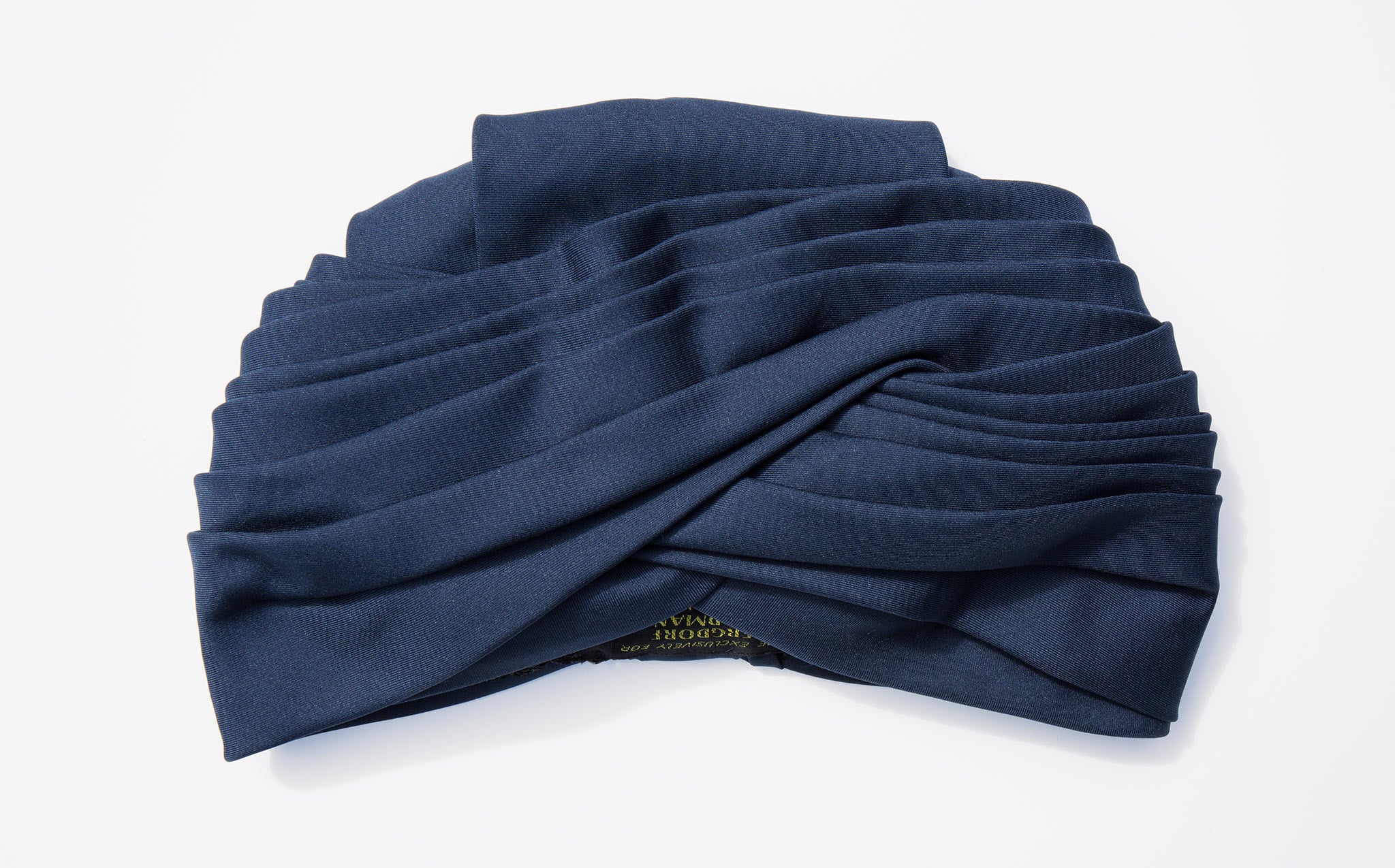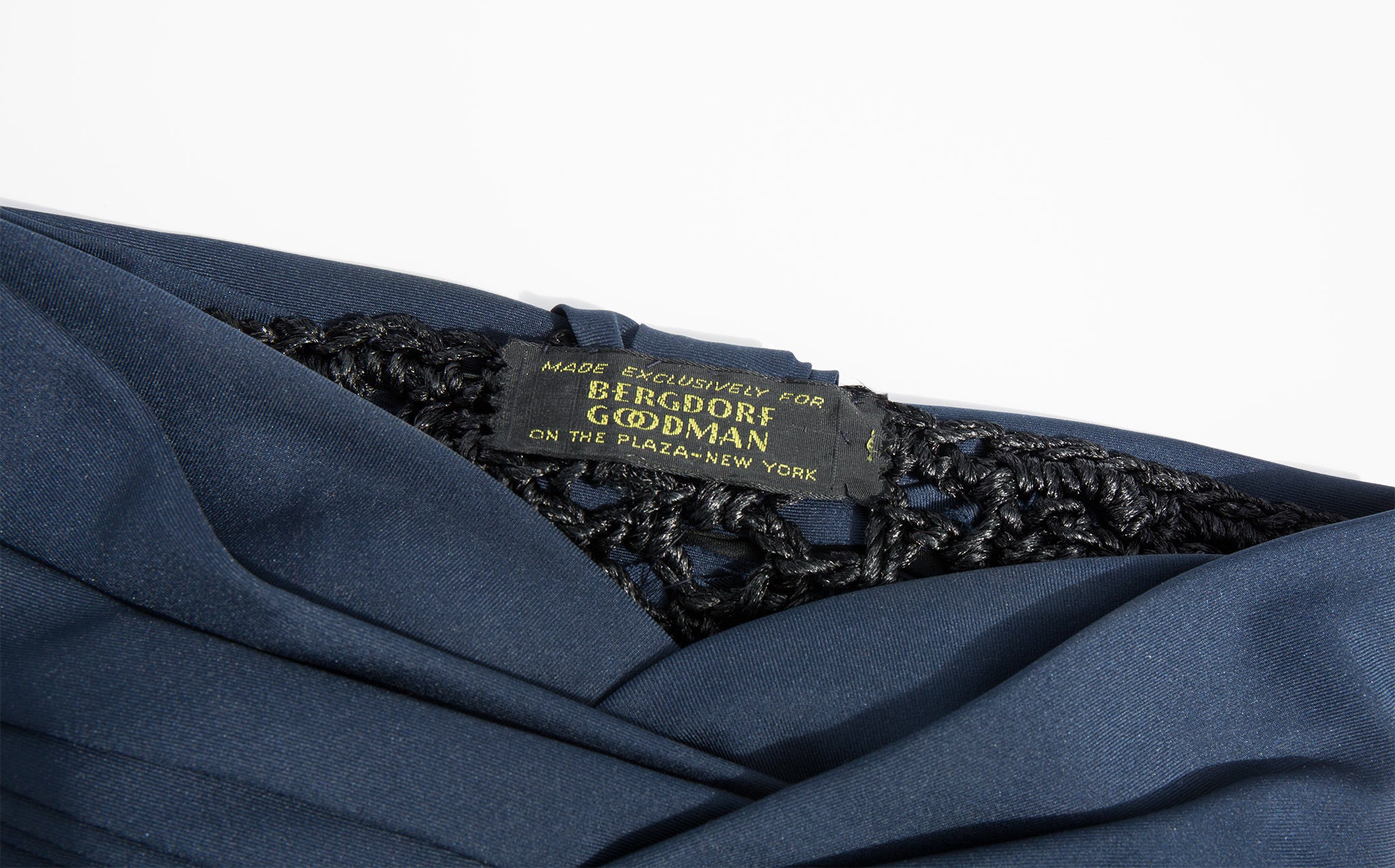Description
Navy turban style hat lined with a soft, braided insulator.
Sizing + Info
Fits like a medium / large.
Shipping
$10 standard shipping, free shipping on orders of $100 or more



The Fashion Turban
Originally popularized by arguably the most important and influential figure in the history of modern women’s fashion, Paul Poiret, the turban style hat continues to be the go-to style in fashion when the look is strong, confident, and glamorous.
Born in the poor neighborhood of Les Halles, Paris in 1879, Poiret’s exotic and exciting design skills and natural charm gained him entry into some of the most exclusive ateliers of the Belle Époque. He eventually rose to become one of the twentieth century’s great courtiers, throwing lavish parties that became the talk of fashionable Paris.
Of his contributions to the sartorial, none are so appreciated by the fairer sex as his pioneering use of draping and introduction of straighter, more sheath like garments that liberated the female form from petticoats and eventually the corset.
Poiret drew much influence from the art and design of the East and favored rich embellishments and embroideries. Inspired by Leon Bakst's extraordinary stage costumes for the Ballet Russes in 1910, he became enchanted with Russian, Near Eastern and Far Eastern costume. In 1910 he began studying the collections of Indian turbans at the Victoria and Albert Museum and soon made his own versions for his couture collection. The turban quickly became an eveningwear staple and the ultimate luxe society accessory. From then on, it was something of a signature for Poiret.
Poiret enjoyed continued success until World War 1, when he was summoned to military service. After the war, things began to deteriorate as his style was largely at odds with the then more fashionable modernist aesthetic. He spent the remainder of his life doing odd jobs in relative obscurity, until he died in German occupied Paris in 1944.